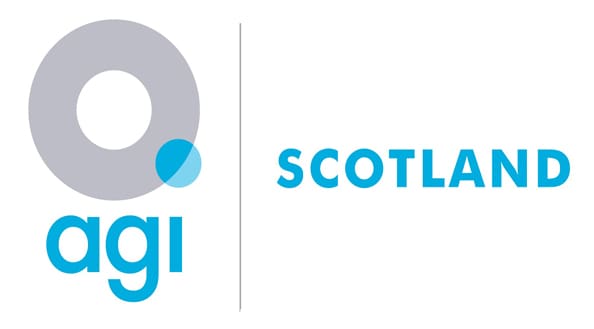Usage of Gemini 2.3 falls into 2 camps:
- People using a customised, stand-alone metadata profile for Gemini 2.3 that extends ISO19115.
- People using the schematron within an existing implementation of ISO19115
Since neither approach requires the collection of usage stats, or even a record of who downloaded the files, concrete information on who is actually using the standard is quite hard to come by!
The UK Location Metadata Editor, developed by Edina, is fully compliant with Gemini 2.3, and used by approximately 300 organisations ( a mix of all sectors of government) publishing metadata to data.gov.uk.
Gemini 2.3 has been deployed by Astun Technology as a schema plugin for GeoNetwork and is in use at Scottish Government (spatialdata.gov.scot), Ordnance Survey, and at Astun’s own multi-tenanted metadata portal for local authorities. However, not all of the latter are actively creating metadata or publishing records. Since the schema plugin is open source and freely available on GitHub it is likely that other organisations are also using it, but again we have no way of tracking this.
In terms of usage, Scottish Government have adopted a case-by-case approach (generally by authority) to converting records from Gemini 2.2 to 2.3, taking the opportunity to improve record quality and provide updated guidance to users in the process.
Ordnance Survey are using Gemini 2.3, and have developed an extended metadata profile that includes additional custom data quality elements for internal use.
The Marine Environmental Data and Information Network (MEDIN) manage a marine-specific profile of GEMINI, referred to as the MEDIN Discovery Metadata Standard (see https://www.medin.org.uk/medin-discovery-metadata-standard). This is incrementally updated to reflect changes to GEMINI and currently v3.1.1 (in draft) matches the latest release of GEMINI 2.3. MEDIN provide a set of tools, both online and offline, to enable population of MEDIN metadata and have developed their own Schematron that meets both GEMINI 2.3 rules, and also the governance rules specifically required by the UK marine community (marine specific vocabularies such as extent etc.).
Use at the Environment Agency and other DEFRA bodies is contingent on the completion of an upgrade to their core software, and the upgrade of their own extended metadata profile that is currently compatible with Gemini 2.2.
Falling into the second camp, British Geological Survey have adapted their existing java-based metadata creation workflow to output records in Gemini 2.3 format, which are then published via GeoNetwork.
Other Government agencies such as HMLR and UKHO are also creating Gemini compliant metadata.
In all cases, since Gemini 2.3 is a moving target, all usage is contingent on changes being approved by the Gemini WG, and then being implemented in the various software packages.
In general, uptake and usage has been slowed dramatically by blockers such as uncertainty over Brexit and a lack of guidance as to further support of INSPIRE, and multiple technical issues within data.gov.uk itself. These have, to some extent, been resolved over recent months, which should improve matters.
A final note. GEMINI is a UK standard. Whilst it provides a convenience to meet INSPIRE compliance, GEMINI can be and should be used as the default standard to describe all geospatial resources.
Author Jo Cook and edited by Tim Duffy on behalf of AGI Scotland

